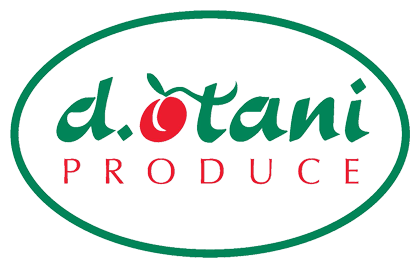![]() For the last few weeks, news stories about possible meat shortages and skyrocketing prices have filled the news cycle. With factories shutting down due to COVID-19 or not being able to process at the same speed with social distancing measures being implemented or workers getting sick, there’s a looming fear among Americans that they won’t be able to get their hands on meat.
For the last few weeks, news stories about possible meat shortages and skyrocketing prices have filled the news cycle. With factories shutting down due to COVID-19 or not being able to process at the same speed with social distancing measures being implemented or workers getting sick, there’s a looming fear among Americans that they won’t be able to get their hands on meat.
With this possibility, we’re seeing an uptick in conversations around plant-based diets. When you hear the term “plant-based,” what comes to mind? For most people, it’s the Beyond Burger, Impossible Burger and other meat alternatives that are taking the space by storm. Even products like laundry detergent and household cleaners are touting a “made from plants” message.
The plant-based market is valued at $5 billion. Growth in plant-based meat and dairy categories is outpacing growth with their non-plant-based counterparts. Although both still make up a small portion of the overall meat and dairy categories, the growth can’t be ignored. When many consumers hear plant-based, these are the items that come to mind.
Why is produce not top of mind when consumers think plant-based and how do we get there?
What is plant-based?
Let’s start by defining what plant-based means. This isn’t new concept, but there are misconceptions about what it actually means. Vegetarian and vegan products and recipes have been around forever. While many see “plant-based” as a rebranding on the word vegan, it’s not the same as a vegan or vegetarian diet. A plant-based diet consists mostly of foods derived from plants. Yes, meat and dairy products can still be consumed when following a plant-based diet, but a majority of what you eat should come from fruit, vegetables, legumes, grains, nuts and seeds.
Who’s going plant-based?
According to a recent study by YouGov and Whole Foods Markets, 63 percent of millennials are trying to incorporate more plant-based foods into their diets. Gen Z is also embracing the plant-based movement, with more than one-third of them looking to be meat-free by 2021. In addition to the health benefits of a plant-based diet, consumers are looking to lessen their impact on the environment through eating less meat and dairy products.
Eating less meat
One of the biggest questions around going plant-based or eating less meat is around getting enough protein. And while most fruits and vegetables aren’t known for high protein levels, there are lots of ways to incorporate them into meals with other high protein plant-based items like beans, legumes, grains and soy products.
Blendability is also a great way to cut down on meat in recipes. One of the best examples of this is The Blend from the Mushroom Council, encouraging consumers to add blended mushrooms to meat in dishes as a way to consume less meat and more vegetables. Other items, like jackfruit, are at an all-time high in popularity thanks to its similar texture to pulled pork thus making it a great substitution.
At Produce for Kids, we recognized this trend several years before it hit mainstream, creating recipes like a BBQ jackfruit sandwich, blended ground turkey and mushroom tacos, and tofu vegetable fried rice. We’re actively working to incorporate more plant-based meal options to our database of more than 550 recipes.
Playing up health benefits
Fruits and vegetables are the original plant-based foods and we should be front-and-center of this conversation. By capturing the attention of this audience, showcasing fresh ideas where fruits and vegetables are the star and easing concerns over meeting nutritional standards can help us take control of the plant-based conversation.
(Amber Gray is the digital marketing manager for Produce for Kids)


